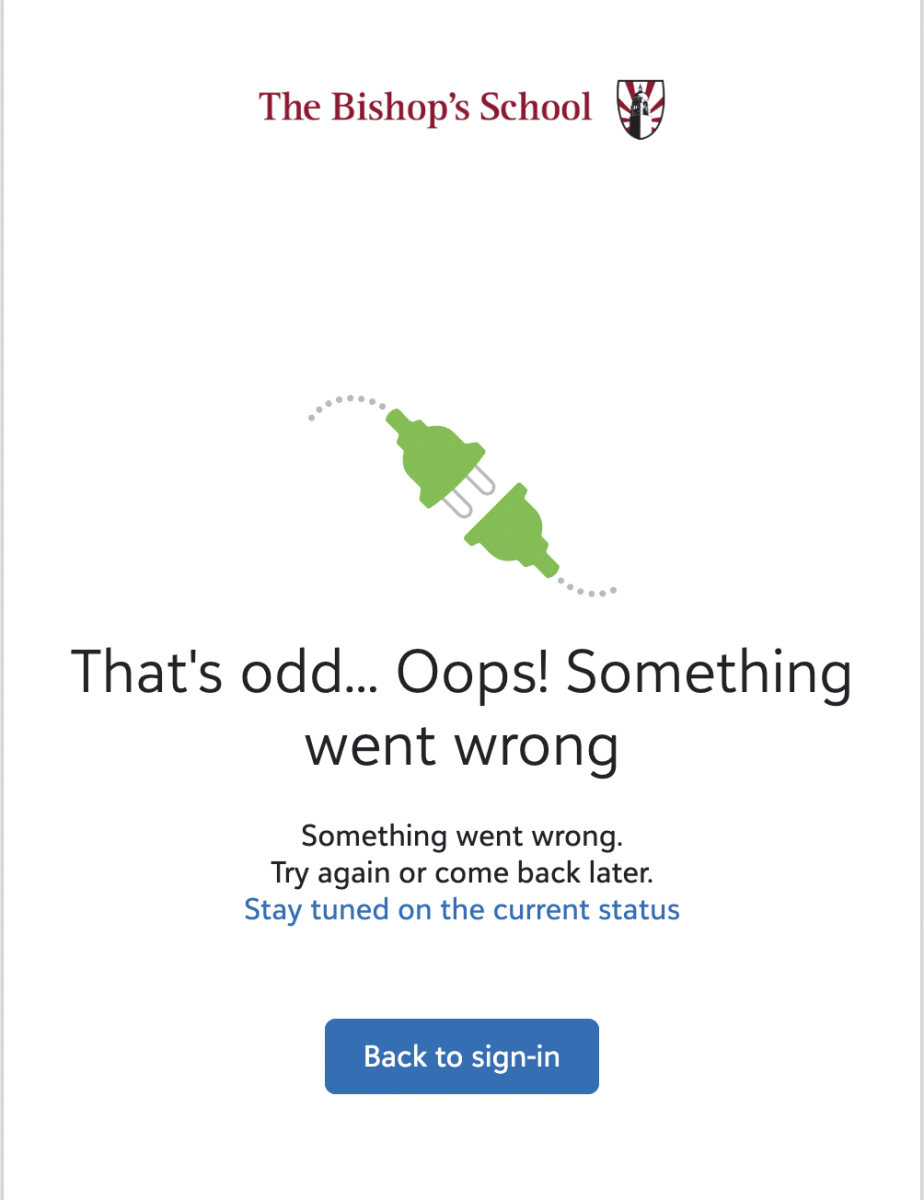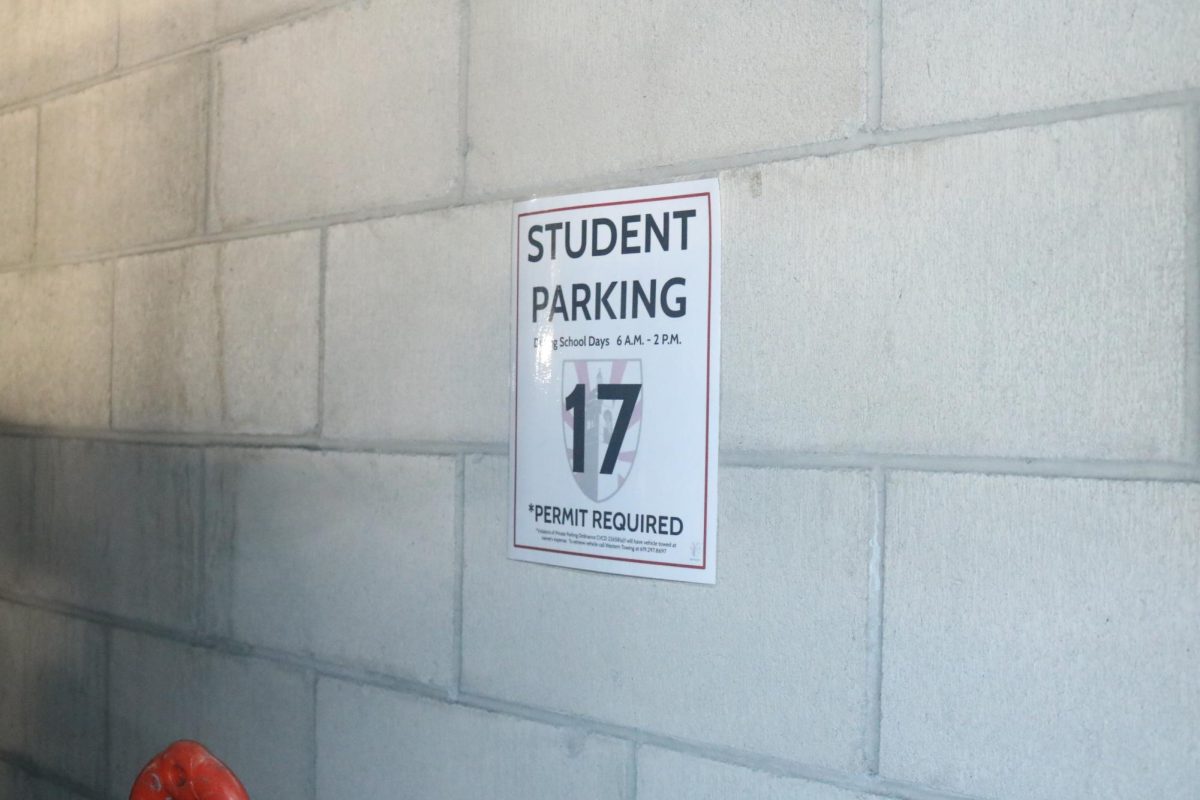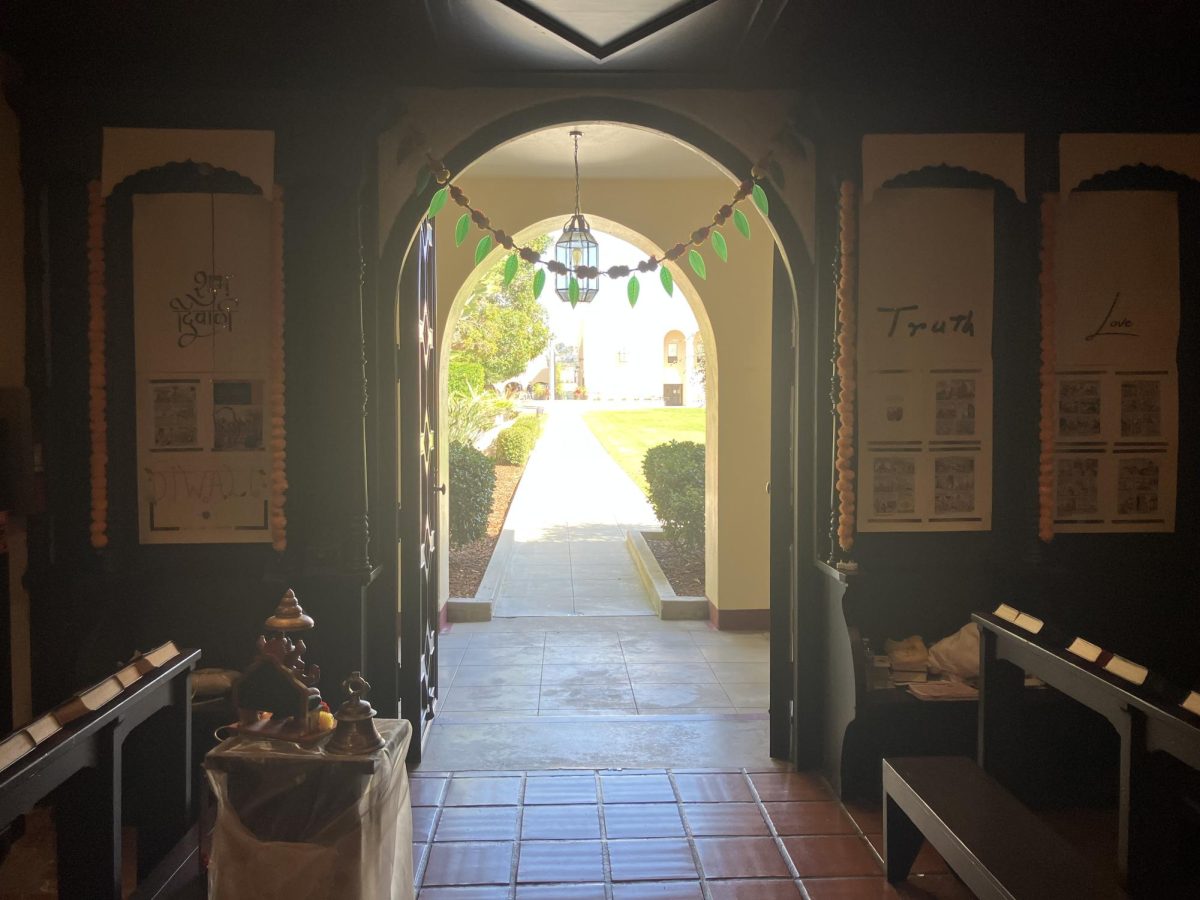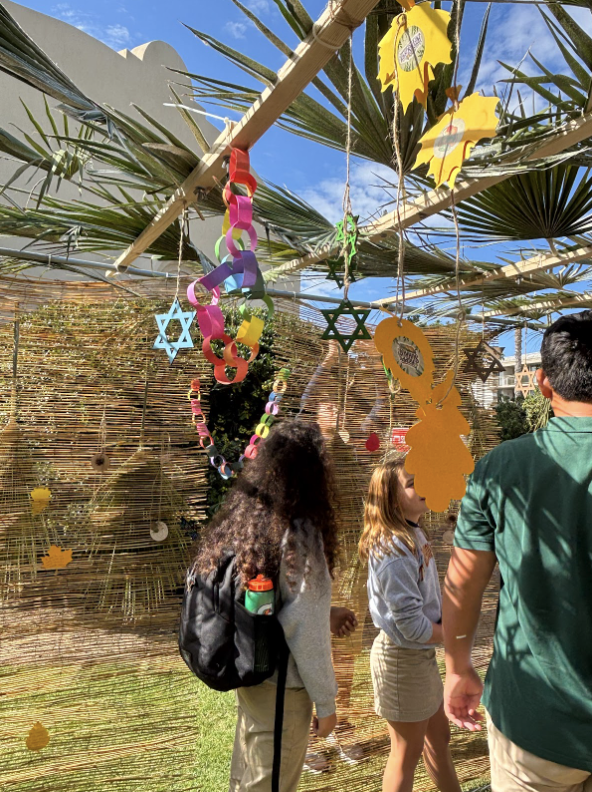The Rohr Terrace was transformed into a world tour by this year’s Global Potluck. Upon entering, students were greeted by the irresistible aromas of spices, sauces, and sweets mingling. Savory chow mein, chewy tteokbokki, Chinese scallion pancakes, Indian samosas, and pillowy fried dough sticks highlighted Bishop’s Asian community, while German pretzels, Iranian rice, Ecuadorian empanadas, Italian gelato, and more rounded out the buffet tables. Students and parents queued up, laughing and chatting over the Slavic music as they filled their plates. The Global Potluck was more than just a free dinner — it was a celebration of Bishop’s diverse communities.
Each fall, the Global Potluck marks the beginning of a series of events organized by the Global Education Initiative (GEI), a program led by Director of Global Education Dr. David Moseley. Much of the coordination and communication of this event was also led by parent Co-Chairs for Global Education, Ms. Lori Shearer, mother of Zachary Haubenstock (‘28) and Ms. Jian Chan, mother of Sydney (‘24) and Alexa Chan (‘30).
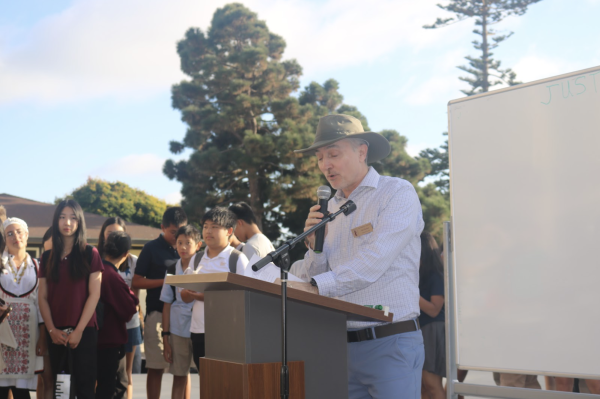
Students agreed that while the food was definitely alluring, the spirit of the event — culture, community, memories, and friends — is what motivates them to come back. “The food’s great, you can see all your friends,” said Amaan Khan (‘27), whose favorite dish was the Thai tea. For him, the highlight was seeing “parents from all sorts of different places,” and how it reflects the diversity of the Bishop’s community.
For younger students, having fun was also important. “Playing around throughout the dinner” was a highlight for Lucas Bejar (‘30), who’s been attending for four years. He looked back happily on his favorite dish: “The glass noodles are really something special here.”
And for others, it’s the friendships that stood out. In the words of Caleb Tang (‘26), the best things were not the food, but “the memories of friends made along the way.”
The Global Potluck has grown into a Bishop’s tradition with more than 350 RSVPs and close to 400 attendees, according to Dr. Moseley. This year, not only was the terrace filled with food, it was also filled with Slavic music and trivia questions in celebration of this year’s theme, Slavic and Eastern European culture. Families that RSVP’d in advance brought dishes representative of their heritage. At the reception, the attendees stuck badges with the nations’ flags on their nametags, representing the different ethnic groups they belonged to.
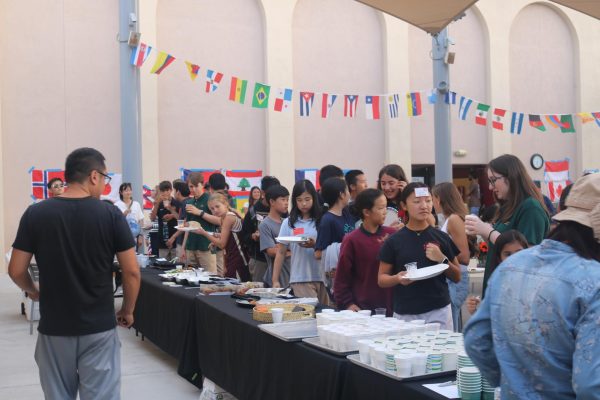
Dr. Moseley explained how the potluck, originally called the International Dinner (and then called the Heritage Potluck), was first held in 2009 in the dining hall. It was first hosted by the chaplain, Reverend Mary Catherine Allman, and Head of Admissions Josie Alvarez, but when they discontinued it, the Global Education Initiative “took it over and then started working on it.”
At its core, the Global Potluck embodies the melting pot of cultures the Bishop’s community really is. “We have a unique school population, in the sense that many parents and grandparents come from other countries… Families feel a great connection to their heritage,” Dr. Moseley explained. “We are made up of many, many different races, ethnicities, religions, cultures, and trying all the different food is just a simple way in which we can enjoy and celebrate our wonderful diversity that we have.”
Dr. Moseley added that organizing the event is personally meaningful. “The school I went to from 6th grade to 12th grade… had [barely anyone] else at that school other than white people,” recounted Dr. Moseley. “Any opportunity that I can get to allow other people to share their rich, wonderful element — their heritage and their culture — [it] gives me a lot of pleasure and satisfaction in life.”
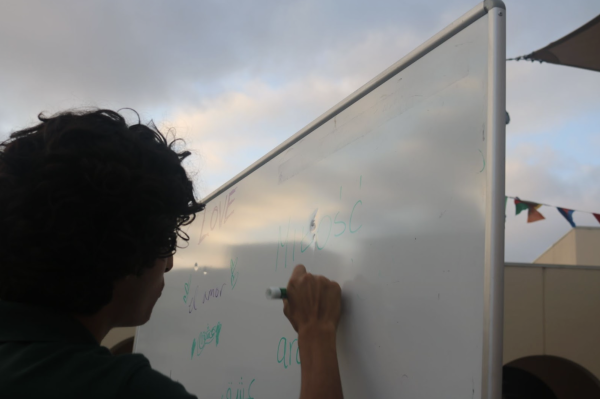
Ms. Shearer gave the theme of globalization a visual form: a whiteboard close to the reception scribbled with this school year’s value of “justice” in dozens of different languages. “I asked people today to write [‘justice’] in their language on the whiteboard and teach somebody their language,” she explained. For her, the whiteboard captured the purpose of the event: “Language can sometimes be a barrier to people communicating, but food is a universal language. We can all share our food and get a little bit of a sense of each other’s culture.”
Setting up for such a large-scale event was meticulous work, but the student and parent volunteers brought the potluck to life. Ms. Shearer and Ms. Chan led an army of student volunteers who arrived early and many parent volunteers, to hang flags, set up tables, and handle any other last-minute details. The parent volunteers also helped organize the reception table, manage the very hungry crowd, and stayed late to help clean up. “MANY THANKS to our Bishop’s Global Village of Parent Volunteers,” Dr. Moseley wrote in an email after the event.
In the end, the Global Potluck is a way for students to learn to be proud of their own culture and learn about others. “These dishes are a few of the many amazing cuisines around the world,” Ms. Shearer shared. “They are one piece of the whole puzzle and art of cultural appreciation.”As she put it, “Food, like a smile, speaks volumes. You don’t even have to speak the same language.”







